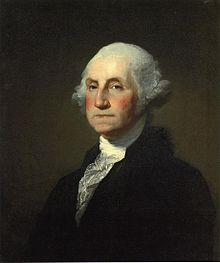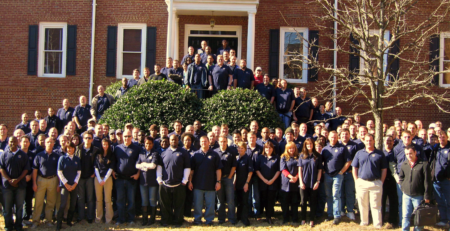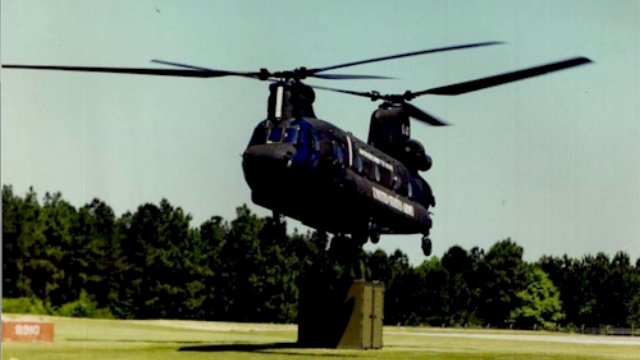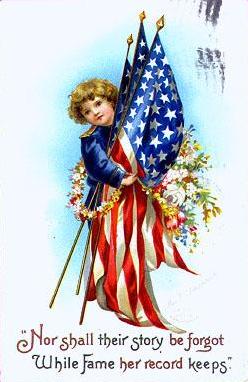Today in Military History – April 30th – The Whole Story
 The Constitution of the United States was ratified by the states in June 1788. In February of the following year the new nation’s Electoral College selected George Washington to be its first president. On April 16, 1789 Washington began the journey from his home at Mount Vernon to New York City, then the nation’s capital, where he would be inaugurated. Washington was reluctant to leave the serenity of his home and uncertain about his new position. His journal entry for that day noted:
The Constitution of the United States was ratified by the states in June 1788. In February of the following year the new nation’s Electoral College selected George Washington to be its first president. On April 16, 1789 Washington began the journey from his home at Mount Vernon to New York City, then the nation’s capital, where he would be inaugurated. Washington was reluctant to leave the serenity of his home and uncertain about his new position. His journal entry for that day noted:
His journey to New York City took seven days and was transformed into a triumphal procession by the crowds and local officials who greeted the new president along the way. Celebrations erupted at numerous towns along his route including Alexandria, Baltimore, Wilmington, Philadelphia and Trenton. Washington arrived at Elizabeth Town, NJ on April 23 where a ceremonial barge awaited to take him across the river to Manhattan.
Entrance into the City
Rudolph Von Dorsten was the Secretary of the Dutch Legation in New York City and describes Washington’s entrance into the city:
“President George Washington made his entry into New York on Thursday, April 23d. On the previous day a barge left this city. The barge was built expressly by the citizens of New York, and was rowed by thirteen pilots, all dressed in white. A committee of three Senators and five Representatives on behalf of Congress, and three of the first officers on behalf of New York, went to Elizabethtown in New Jersey, to welcome the President, and to await his arrival there. His Excellency was also accompanied by some well-equipped sloops and by a multitude of small craft with citizens of New Jersey and New York on board.
A Spanish royal packet-boat, happening to be anchored at the entrance of the harbor, at sight of the barge, on board of which was the President, fired a signal-shot, whereupon that vessel was dressed at once with the flags of all nations. When the presidential barge passed, the Spanish vessel saluted his Excellency by firing thirteen guns, which was repeated by the Battery, and again thirteen guns were fired by the fort when the President landed.
Taking the Oath of Office
Washington remained at his New York residence for a week while the House and the Senate ironed out their differences over how the formal inauguration should be conducted. Finally, on April 30, Washington was escorted to Federal Hall on Wall Street and into the Senate Chamber. Washington, Vice President John Adams, the Senators and Representatives stepped out of the chamber onto a balcony overlooking the street filled with a cheering crowd. As there were as yet no Supreme Court Justices, the Oath of Office was administered by Chancellor Robert R. Livingstone – New York’s highest ranking judge. After taking the oath, Washington and the others returned to the Senate Chamber where the new president gave a short speech.
The music honoring the new President was not the “Hail to the Chief” of today, but rather music written for this inauguration which became the music for the President for many years to follow. President Abraham Lincoln said he only knew the words to two songs, and this was one of them.
The music for the President was “Hail Columbia”. With the melody changed, it is now the music for the Vice President of the United States.
CED Solutions is honored to offer training for the Armed Forces of the United States and is proud to provide reduced-cost training to military service members.






